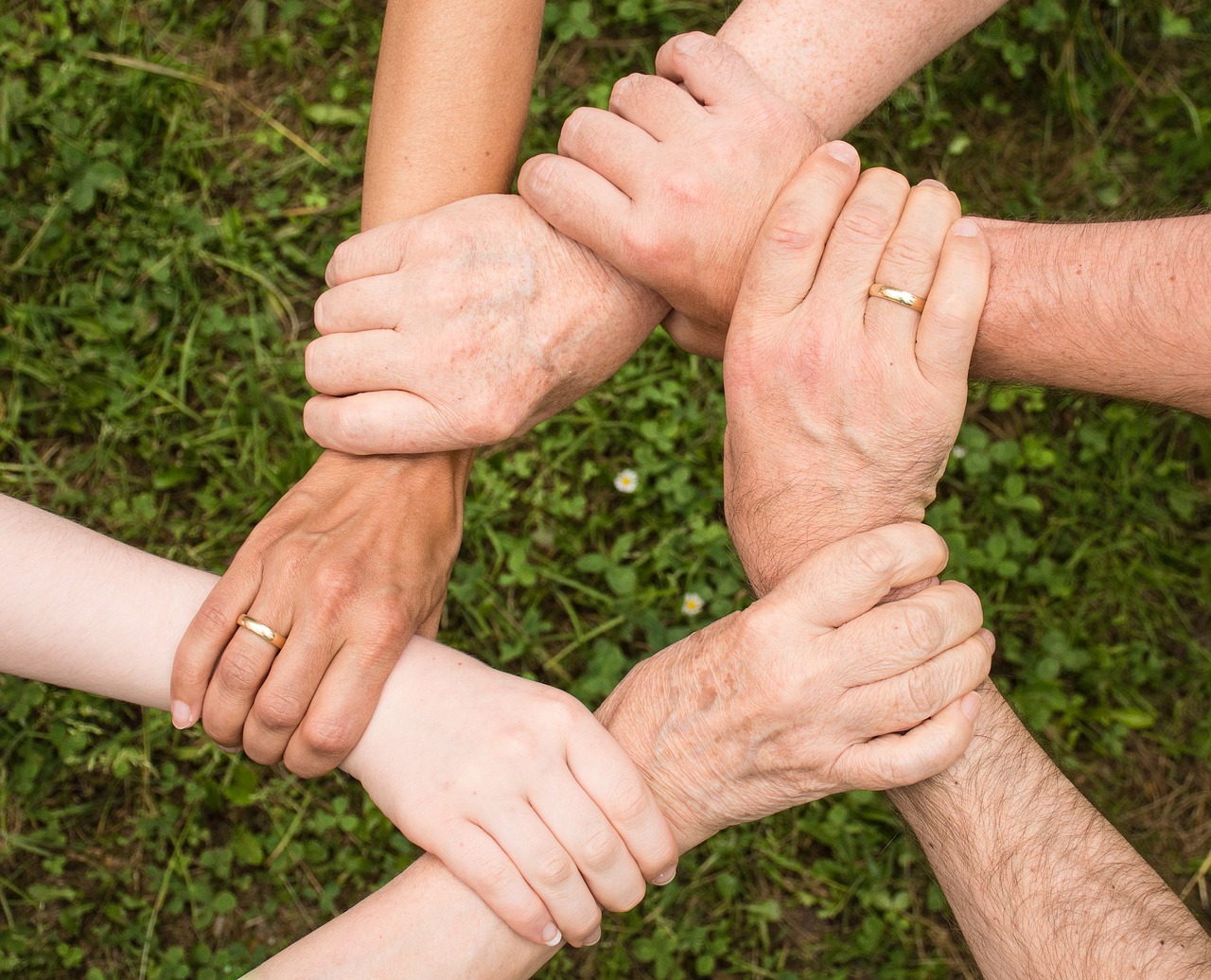by Erica Vetsch, @EricaVetsch
My friends and family will tell you that I am a big-time rugby union fan. I can’t get enough of ‘The Game They Play in Heaven.’ Folks will also tell you that my team of choice is the New Zealand All Blacks. Not just because they are the best, but because I love the country they represent. This love of all things New Zealand stems from well-before it became cinematic Middle Earth. I fell in love with the country through work of NZ author Essie Summers, whom I read voraciously starting in my teens. I have all her books, and I re-read them often. I could talk about her stories all day!

But, back to rugby and the All Blacks and the notion of having a marae…
One of the traditions of the All Blacks is to perform the haka before each international match. The haka is a posture/challenge dance with vigorous movements and stamping of the feet with rhythmically shouted accompaniment. The All Blacks have performed the haka for well over 100 years, though the tradition of haka reaches back much deeper into history to pre-European New Zealand when the land was Aotearoa – The Land of the Long White Cloud.
Watching the haka, following some of the players on social media, and reading about New Zealand’s Maori culture has been fascinating and illuminating. During my studies, I came across the term Marae, and I couldn’t help but put a writer-ly twist upon it because it’s what I do.
First, what is marae?
Marae: the marae (meeting grounds) is the focal point of Māori communities throughout New Zealand. A marae is a fenced-in complex of carved buildings and grounds that belong to a particular iwi (tribe), hapū (subtribe) or whānau (family). Māori people see their marae as tūrangawaewae – their place to stand and belong.
As writers, we need a Marae. We need a place to stand and belong.
But why?
- Writing is often solitary and can be lonely. As writers, we crave the solitude of our story worlds. We tend to look inward at least as often as we look outward. The very nature of what we do requires hours and hours of solitude, of listening to the characters in our heads and shutting out the noise of the rest of the world. As a result, we can find ourselves lonely and in need of real human contact. Even introverts need some face-to-face interaction in order to be well-balanced. We need to get out of our own heads for a while.
- We need to be refilled or we’ll burn out. Writing is creative. It requires the author to share intimate parts of their imagination, their emotions, their worldview, their knowledge. Over and over the novelist will create a story world, populate it with people, live and breathe our characters’ conflicts and emotions. We give over and over of the most intimate parts of ourselves. This can become exhausting, resulting in writer’s block, writer’s doubt, and discouragement. Writers are sensitive people, and our wells of creativity are not inexhaustible. We need to be refilled, and being around other creative writing people helps.
- We need a community that ‘gets it.’ I can share my new story idea, my new plot twist, my new character arc, and the like with my husband, and he’s a sympathetic listener, but he doesn’t ‘get it’ because he doesn’t ‘do it.’ Recently we watched the movie The Man Who Invented Christmas, and when Dickens finally hits on the right name for his character, “Scrooge” pops to life in his study and begins talking to him. My husband shot me a skeptical look and asked if that was an accurate depiction of the writer’s life. Yep. All the yep. When I am with another novelist, we don’t have to explain or justify these things to one another. We just know.
- We need a safe place. Readers are AWESOME. Novelists LOVE their readers. We love reviewers, we love publishers, we love bookstores and booksellers. We love interacting with all of these fine book lovers. But book clubs and readers’ forums are not a safe place for authors to discuss industry trends, agent troubles, slumping sales figures, or less than stellar reviews. We need a tight circle of author-friends who will support us through the hard times, celebrate with us during the great times, and walk with us during the every-day times. We need to be able to share information, ask questions, and even vent a little in a safe place that won’t come back to bite us on the epilogue.
Hence, the need for the marae. The Maori marae is a walled compound where only those who are invited may enter. The farther you get into the compound, the more intimate the setting.
Our iwi (tribe), the greater writing community, is welcome on the grounds, in the front yard, so to speak. This is where we might engage with writers we don’t really know well, but with whom we share the commonality of being novelists. Twitter, reading writing blogs and how-to books, Facebook groups. This is where our writing iwi centers.
Our hapū (subtribe) can come closer, to the doors of the wharenui (meeting house.) These are writers we know, with whom we communicate more often and deliberately, have met at conferences, share a publishing house with, etc. We might write in the same genre, or be co-writers on the same blog. Our hapū can sit on our front porch for a chat.
Our whānau (family) is invited into the wharenui. This is the small circle of close writer friends with whom you can share the joys and frustrations of the writing life. You can listen to their advice, share their troubles and triumphs, prop each other up and sort each other out as the needs arise. These are your safest, most trusted relationships. Your whānau is welcome inside and invited to know you on a more intimate level.
Your writing marae is your place to stand and belong, and you get to choose who comes in and how far they advance. Building a marae takes time and thought, and it takes tending. It’s personal.
Do you have a marae? Do you have a place to stand and belong in your writing life?
Below is a video of the Duke and Duchess being given a warm Pōwhiri (Welcome) to a marae. The Duke is offered a rautapu (A fern leaf or carved effigy in most cases) which is the sign that he is welcome to come into the marae. Not shown in the video are the speeches or the hongi (a forehead to forehead, nose to nose touch that symbolizes the sharing of breath, a sign of true welcome and oneness.)
https://www.youtube.com/watch?v=sN9JRLrHoM4
 The Victorian Christmas Brides Collection
The Victorian Christmas Brides Collection
Experience a Dickens of a Christmas Faced with the daily extremes of gluttony and want in the Victorian Era, nine women seek to create the perfect Christmas celebrations. But will expectations and pride cause them to overlook imperfect men who offer true love? The Perfect Christmas by Erica Vetsch 1880s London Melisande Verity might be in over her head trying to create the perfect Christmas window display, but if she succeeds, will she finally attract the attention of her boss, Gray Garamond?

Best-selling, award-winning author Erica Vetsch loves Jesus, history, romance, and sports. She’s a transplanted Kansan now living in Minnesota, and she married her total opposite and soul mate! When she’s not writing fiction, she’s planning her next trip to a history museum and cheering on her Kansas Jayhawks and New Zealand All Blacks. You can connect with her at her website, www.ericavetsch.com where you can read about her books and sign up for her newsletter, and you can find her online at https://www.facebook.com/EricaVetschAuthor/ where she spends way too much time!
